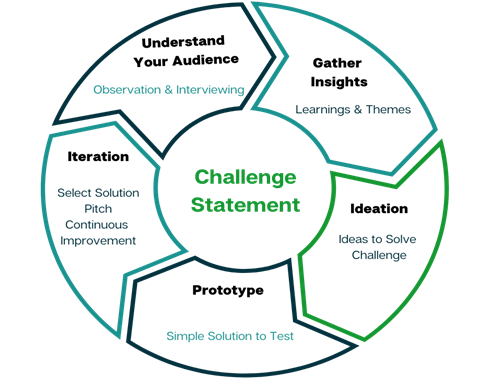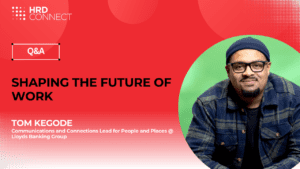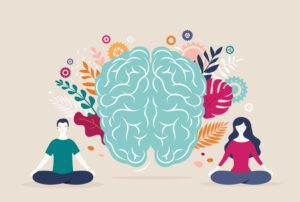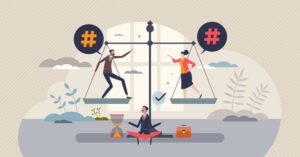Elevating employee experience: A structured process for design thinking in HR
- 5 Min Read
Design thinking in HR revolutionizes the field by creating impactful solutions that enhance the employee experience and contributes to business success.
- Author: Jodi Brandstetter
- Date published: Jul 25, 2023
- Categories
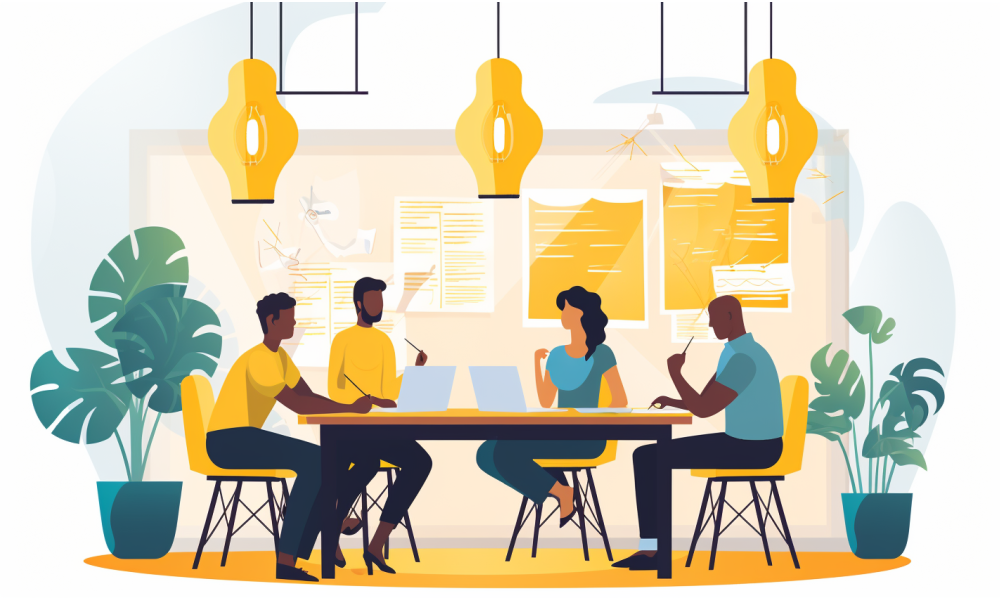
The 2023 HR Trends Report by McLean & Company identified two top priorities for HR: Recruiting and providing an exceptional employee experience. While technology can significantly improve these aspects of business, McLean & Company reported HR’s proficiency in technical skills, including digital literacy, brand & marketing, and design thinking, as the lowest in the study. To increase their value to the organization and create effective solutions for the future of work, HR leaders need to improve their technical skills and use a methodology that ensures solutions focus on both the people and the business. Design thinking is the best methodology for this purpose.
It enables HR to understand the audience (i.e., candidates and employees) while ensuring that the solution is feasible and viable for the organization (i.e., implementable, and budget-friendly). By using design thinking to make decisions regarding technology, processes, and experiences, HR can increase its strategic influence on the business and enhance HR outcomes.
What is design thinking?
Design thinking is not a new concept. It has been around since the 1950s. Herbert A. Simon, cognitive scientist and Nobel Prize laureate was the first to mention design as a way of thinking, published in 1969. Experts regard his work as the principles of design thinking.
In the 1990s, design thinking became more mainstream. IDEO, a global design company, created terminology, steps, and toolkits that make design thinking more user-friendly. There are several programs available to individuals interested in learning design thinking.
Design thinking is primarily used for industrial, engineering, and product design. However, utilizing the principles for human resources has gained momentum in recent years. With HR transitioning towards being more strategic, it can catalyze innovation.
How can it be applied to HR?
There is a structured process with specific steps to follow with design thinking. While different variations and models exist, here is a foolproof framework:
- The Challenge Statement: Understand the problem you are trying to solve.
- Understand the Audience: Who are you solving the problem for?
- Gather Insights: From understanding the audience, what have you learned that will help you solve the problem?
- Ideation: What are some ideas that could solve the problem?
- Prototype: Create a simple solution to test and obtain feedback on.
- Iteration: Confirm, pitch, implement and continue to improve the solution.
The goal is always to be thinking about the audience and the business, ensuring that the solution is desirable for the audience and viable and feasible for the company. Also, the solution should constantly be evolving to meet these needs.
Applications of design thinking in HR
HR design thinking aims to understand and empathize with candidates and employees, identify their needs, and design solutions that align with their experiences and expectations. It encourages HR to think creatively and collaborate with employees to develop HR policies, processes, and programs that are more effective and engaging. It also enables HR to understand the business and how HR can ensure the company is successful through people operations.
Some areas where HR leaders have applied design thinking include:
- Talent Acquisition
- Onboarding and Training
- Employee Experience
- Diversity, Equity, and Inclusion
- Work Environment/Culture
Kristie Dierig, founder of Ever Spark and 21-year employee at P&G, a company that has been using Design Thinking since 2009, agrees with the magnitude that it can have on HR. Kristie said, “Hands down, this is one of the topmost skills HR needs to navigate today’s workplace with success. From hybrid working models to mental health services to employee engagement, design thinking can be a tool used in all areas, helping HR develop the “3rd-better option” for all involved!”
Even before I knew about design thinking, I was using it in my talent acquisition role. My team and I focused on finding innovative ways to hire talent. We focused on our ideal candidate and brainstormed unique ways to connect with them and implement solutions that worked for the business and candidates.
An example of design thinking in action
We had a call center in an area of New York that had more cows than people. As you can imagine, getting enough people to apply for our roles was challenging. During one of our brainstorming sessions, we decided to do a mash-up solution, which takes an idea or solution from a different industry and uses it for your industry.
We decided to take the Cincinnati Reds Caravan experience and turn it into a candidate experience. During the off-season, the Cincinnati Reds players go to different cities that have a large population of Cincinnati Reds fans. This caravan allows the fans of these cities to meet players outside the baseball stadium in Cincinnati that they may never visited and meet them in their backyards instead. We took this idea and decided to meet candidates in their town.
Our solution was to find local spots where recruiters could meet candidates in the towns around the office. The recruiters would provide information about the company and roles and interview interested candidates. By doing this, the recruiters were able to connect with more candidates and build a strong employer brand in the towns around the office.
_______________
Jodi Brandstetter empowers HR professionals to transcend their roles as HR Leaders and become CEOs and entrepreneurs. With personalized career strategies and courses, she instills confidence and expertise.
As an Amazon Bestselling Author and Publisher, Jodi has over 20 years of experience in HR, Talent, and Business.
Combining HR principles with business acumen, Jodi equips clients to excel in their careers. She is a mentor and resource for HR professionals seeking to break traditional boundaries and achieve CEO-level success.


